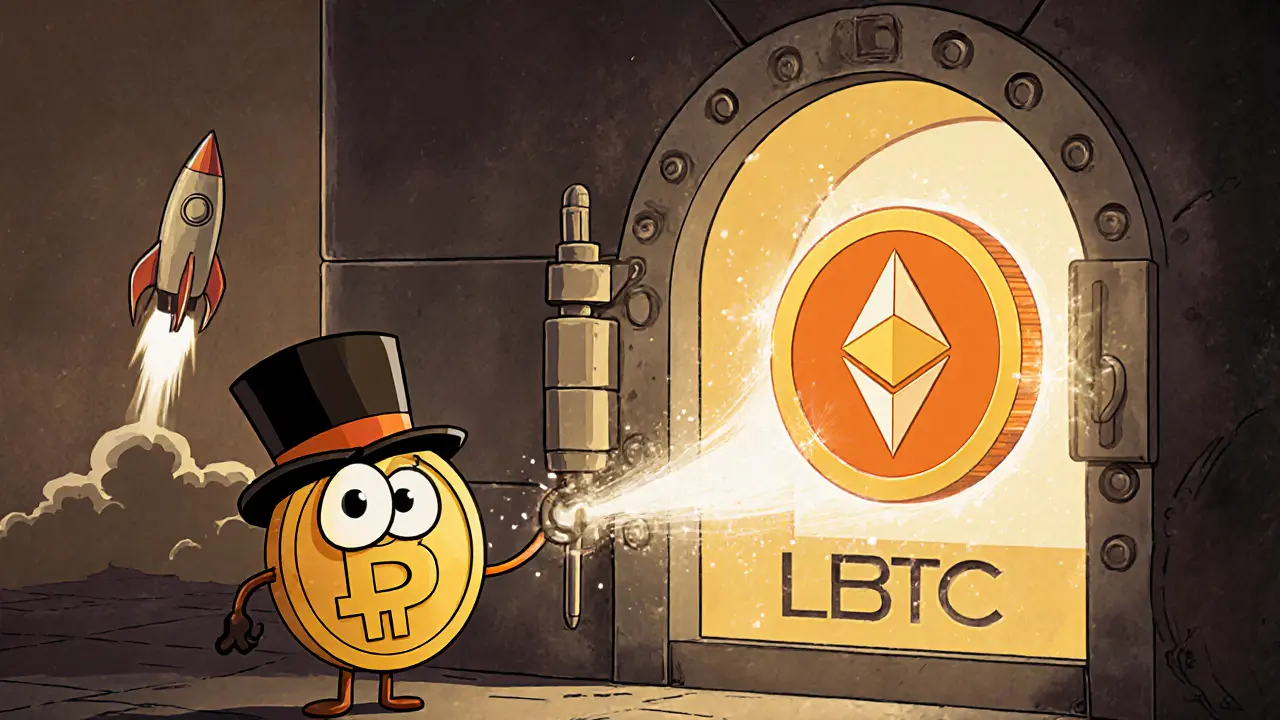LBTC Token: What It Is, How It Works, and Why It Matters
When working with LBTC token, a Bitcoin‑backed asset that lives on other blockchains like Ethereum and BSC. Also known as Liquid BTC, it lets users move Bitcoin value without the Bitcoin network’s slow confirmations. Bitcoin, the original decentralized digital currency provides the underlying value, while a crypto wallet, software that stores private keys and seed phrases is needed to hold the LBTC tokens securely. An airdrop, a free token distribution event used to bootstrap communities often serves as the first exposure for new holders, helping spread awareness and liquidity. In short, LBTC token bridges Bitcoin’s store‑of‑value properties with the flexibility of smart‑contract platforms, requires a wallet for safe custody, and benefits from community‑driven distribution methods.
Key Concepts Around LBTC Token
Because LBTC lives on programmable chains, it inherits features like fast confirmations, low fees, and composability with DeFi protocols. That means you can stake LBTC on a yield farm, provide it as liquidity on a DEX, or use it as collateral for a loan—all actions that plain Bitcoin can’t do without wrapping. The token’s peg to Bitcoin is maintained by smart contracts that lock real BTC in custodial or decentralized vaults; the amount of LBTC issued always matches the locked BTC, creating a 1:1 backing. This relationship creates the semantic triple: LBTC token encompasses Bitcoin backing and smart‑contract functionality.
From a user perspective, the workflow is simple: you deposit BTC into a vault, receive the same amount of LBTC on the target chain, and then move, trade, or lend that LBTC just like any ERC‑20 or BEP‑20 token. However, the process also requires vigilance. Secure seed‑phrase management, as highlighted in our guide on seed phrases, is critical because losing the phrase means losing access to the wallet and any LBTC inside. Additionally, platforms that facilitate LBTC swaps—such as MintMe, SundaeSwap, or Coinbase—each have distinct fee structures and security models. Choosing a reputable exchange is a separate decision tree, one we cover in our detailed exchange reviews.
Regulatory and tax considerations add another layer. In jurisdictions like Taiwan, crypto assets—including wrapped tokens like LBTC—are subject to specific tax rules that differ from native Bitcoin. Understanding those rules helps you avoid unexpected liabilities. Likewise, staying informed about legal shifts—like China’s ban on crypto activities or Japan’s consumer‑protection framework—helps you gauge the risk environment for LBTC and similar assets. All these pieces—technology, custody, distribution, exchange choice, and regulation—form a network of interrelated concepts that shape how LBTC token investors operate.
Below you’ll find a curated set of articles that dive deeper into each of these areas: from seed‑phrase security and airdrop mechanics to exchange reviews and tax guides. Use them to sharpen your strategy, protect your holdings, and make the most of the opportunities that LBTC token presents.

Lombard Staked BTC (LBTC) Explained: How the Bitcoin Liquid Staking Token Works
Caius Merrow Oct, 22 2025 14Lombard Staked BTC (LBTC) is a liquid staking token that turns Bitcoin into a yield‑earning ERC‑20. Learn how it works, its risks, and why it matters for DeFi.
More Detail